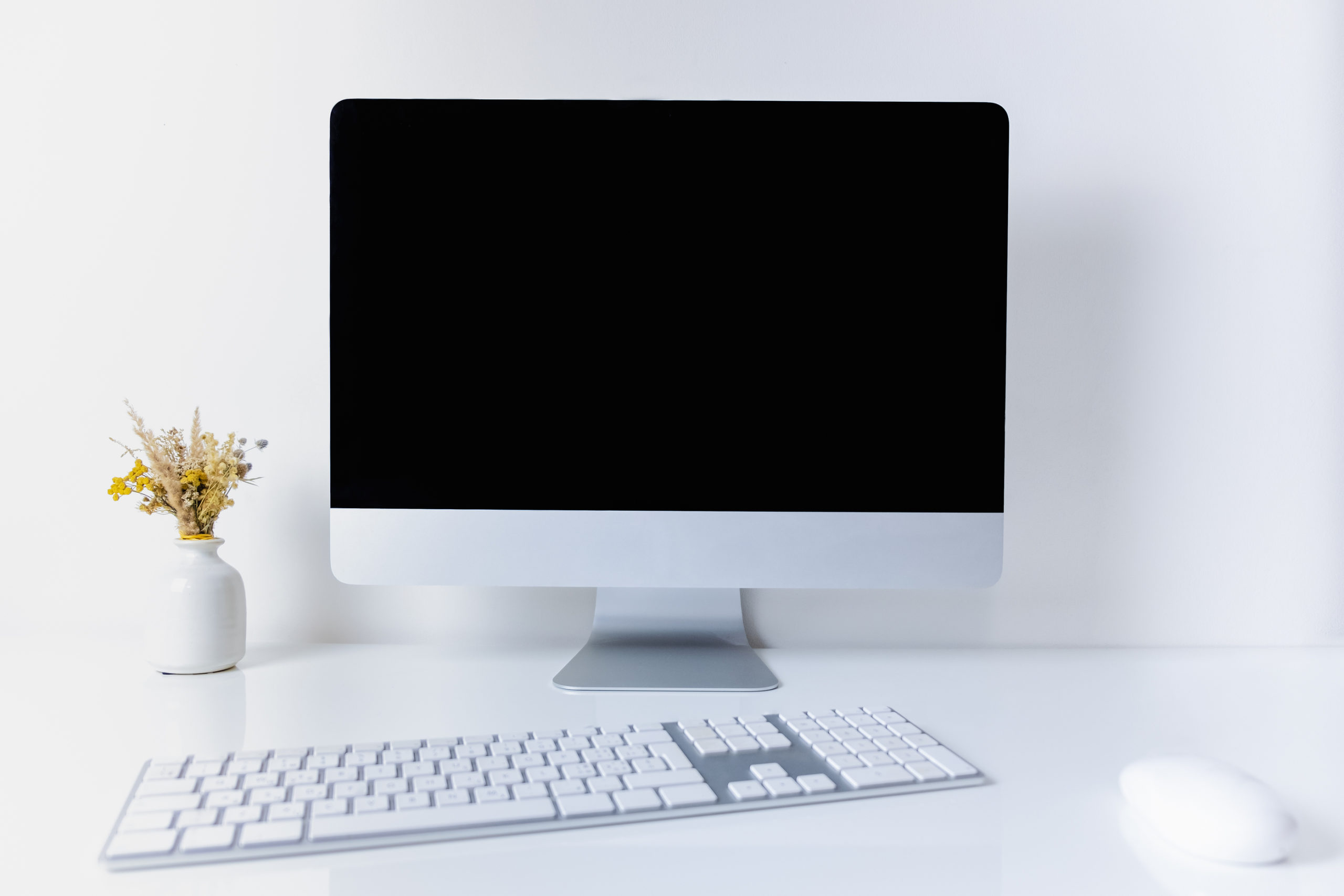
We’ve all been there. You get a new computer and everything is clean and organized, then a couple of years later, you’ve got tons of temp files you don’t need, duplicate documents in different folders, and a PC that’s not nearly as fast as it used to be.
You know that refreshed feeling you get when you clean out your garage or tidy up your office? You can get that same feeling when you take time to do a digital housekeeping on your computer.
Cleaning your computer’s hard drive not only can make it easier to find the files you need, it can also reduce your need for PC repairs, and help improve computer performance and speed.
Once files on a hard drive start to get disorganized, that means it’s taking you longer to search for what you need every day. While it might not seem like a lot of time, an extra 5 minutes here and 10 minutes there really adds up.
People spend 19.8% of their workday searching for the data they need to do their job effectively.
Tidying up your computer can be just what you need to get that energized feeling again when you sit down at your keyboard!
Steps to Take to Tidy Up Your Computer
While many of these steps will sound familiar to you, several of them are the “clean the baseboards” equivalent of computer housekeeping. Something we see and know we should do, but never quite get around to.
Making time to go through a thorough cleanup of your computer will be worth it for the boost in productivity, speed, and more.
Purge Temporary Files
Temporary files can build up over time taking up your hard drive space and slowing down your computer. Temporary files are usually created when:
- You install new programs
- You print something
- You copy/paste
- Your computer shuts down unexpectedly
- You create browser cookies when visiting websites
On Windows, you can delete them by using the Disk Cleanup tool.
On Mac, you can use a tool like CleanMyMac, or look for them yourself and delete them manually by going to Finder and using the Go menu. Open “Library” and look for “Cache.”
Do a File & Folder Review
While it can be time consuming to look through all your PC’s folders and files, this is a great way to get them organized, and possibly find something you thought you’d lost.
Delete the files you don’t need any longer and organize them so that older files aren’t in your way. For example, if you have something you don’t want to delete, but also don’t need to access regularly, create an Archive folder and put those types of files there. That way they’ll be out of your way when looking for documents that you do use regularly.
Clean Out Your Email Inbox
Do you really need that sale email from 5 months ago in your inbox? Email is another area of our PCs that tend to get unruly after a while and we can be left with inboxes full of information that’s out of date and no longer needed.
Clean out your inbox with these email cleaning tips:
- Delete emails you don’t need,
- Save data from emails that contain info you need but that don’t need to reside in your email program (OneNote is a great application to use for this).
- For emails you still want in your email program, create folders where they can be stored by subject and moved out of your immediate inbox.
Do Some Outside Cleaning
While most of our tips cover what’s inside your computer, your digital housekeeping should also include some exterior cleaning that can help your PC last longer and prevent you from having issues like a sticky keyboard or mouse.
Use compressed air that’s designed for use with electronics to clean your keyboard, fan, and mouse. Use electronic wipes that are made for computers and other devices to clean your screen and other areas of your PC.
Clear Browser History & Delete Unneeded Extensions
Open the browser that you use and clear the history, which is another way of cleaning up old data that is just taking up extra space.
Additionally, look at the browser extensions and delete any you no longer need. It’s not unusual to forget about extensions you may have tried and never removed. Getting rid of these can help speed up your browser, especially if they were a particularly “heavy” application.
Review Your Programs and Startup Folder
Take a look at the programs you have installed to see if you’re still using them. You might find remnants of applications you trialed but decided not to get or other things just taking up unnecessary disk space. Delete any you no longer need.
Does it take forever to reboot your computer because there are so many programs you have to wait on at startup? Some programs default to being in your startup folder, even if you never really wanted them there.
Check your startup folder and remove the programs that you don’t need to automatically start when your computer is booted up. This doesn’t delete the program, it just stops it from automatically starting when you boot your computer.
- Check your Windows 10 startup folder by clicking the Windows Start button and going to Settings > Apps > Startup.
- Check your Mac startup folder by clicking System Preferences > Users & Groups. Select your User ID, select Login Items.
Keep Your PC Running Smoothly with Managed IT Services
Get help cleaning your PC and keeping it running smoothly. Cris’s Tech Repair offers residential and small business managed IT services to keep your device secure and running efficiently.
Contact us today to get started! Call 561-985-4961 or reach out online.
